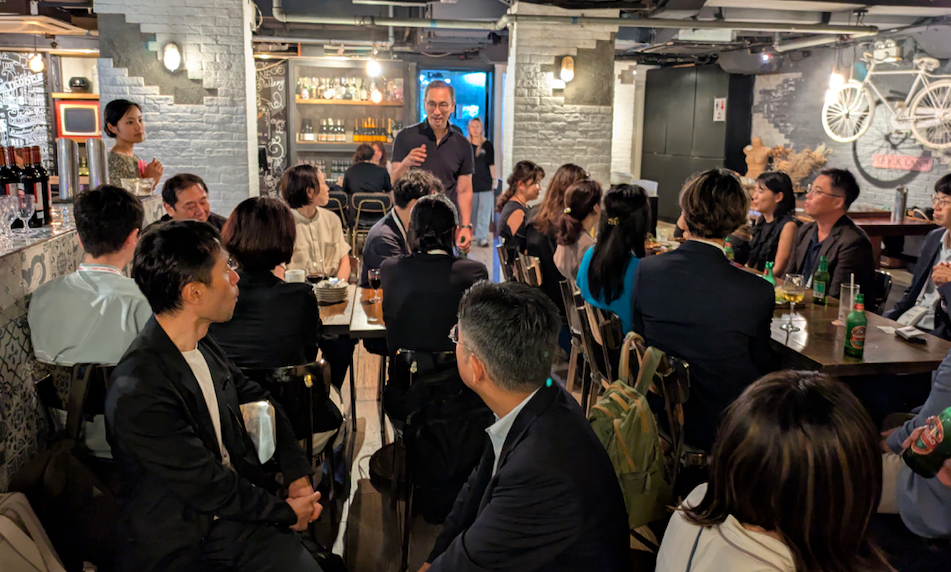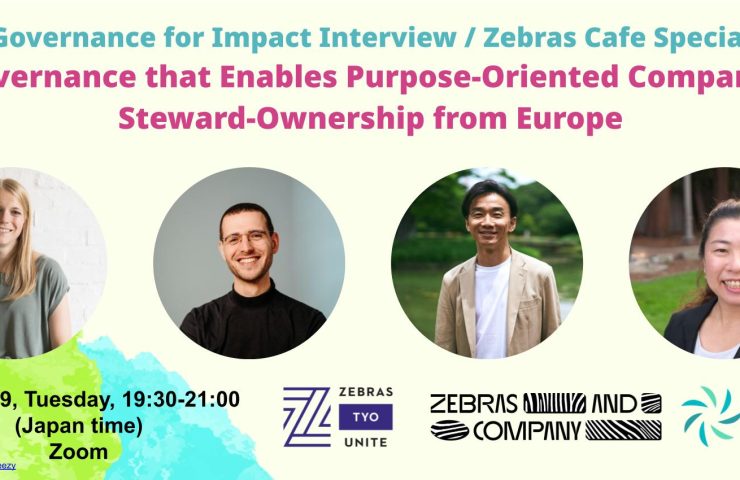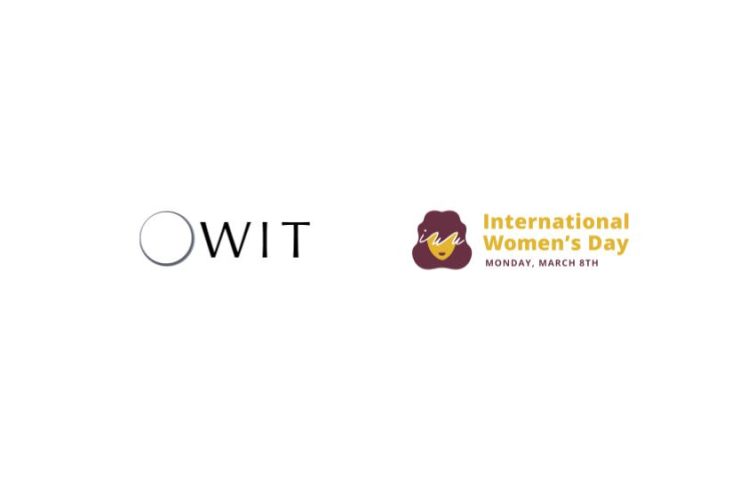AVPN Global Conference 2025 Report: New Horizons in Philanthropy and Impact Investment from Asia to the World
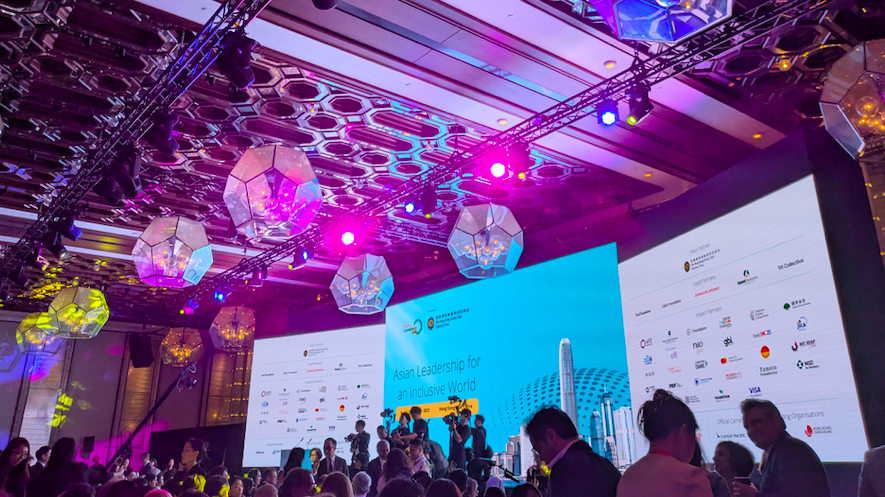
Mio Yamamoto, Executive Director of World in You, attended the AVPN (Asian Venture Philanthropy Network) Global Conference 2025 in Hong Kong from September 9-11. The following is a summary of key insights and takeaways from the conference.
AVPN is a network focused on social investment across Asia. The Global Conference brings together around 1,500 participants, primarily funders—through grants, debt, or equity—who aim to create social impact across the region.
At World in You, we work to connect Japanese nonprofits and social enterprises with opportunities overseas. World in You was pleased to participate in this year’s Global Conference.
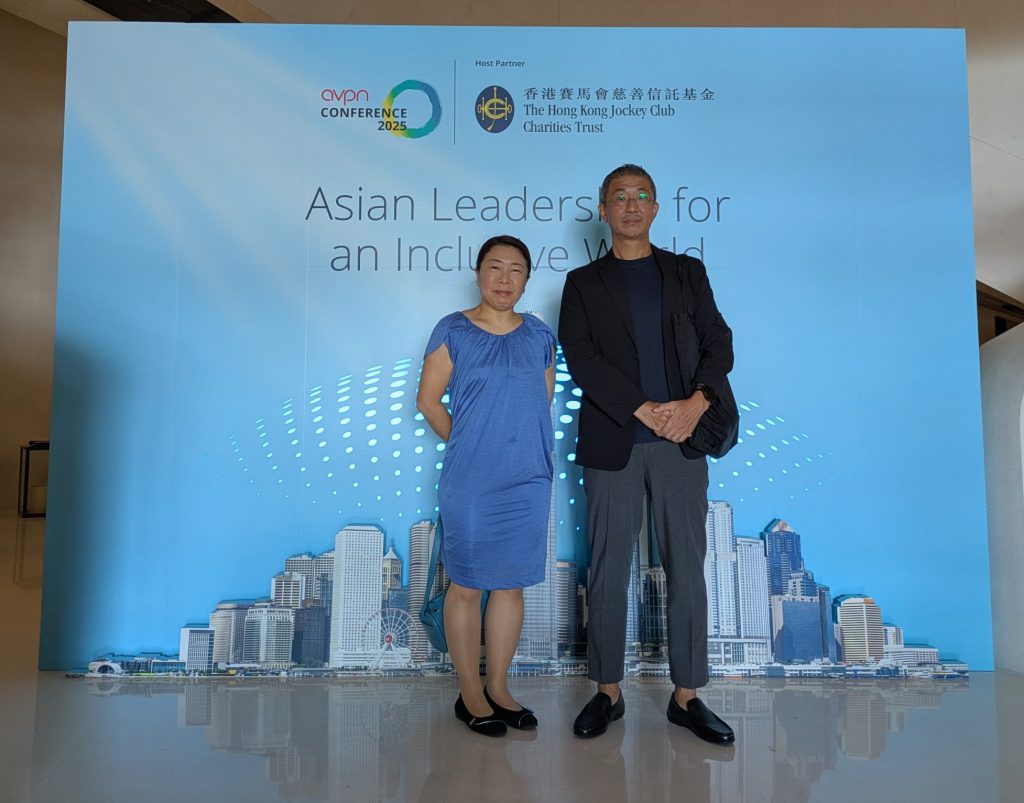
With Yukio Oshima, Kizuna Mail Project
Key Highlights and Themes of the Conference
1. Asian Leadership Toward Inclusion
One of the most striking aspects of the conference was the strong emphasis on “Asian leadership.” Mr. Paul Chan from the Hong Kong Special Administrative Region Government highlighted that while wealth in Asia is growing rapidly—with Asia expected to account for nearly half of the world’s new high-net-worth individuals between 2025 and 2028—Asia’s presence in global impact investing remains insufficient. Throughout the conference, soeakers emphasized the need for Asia to play a more active role in addressing global social challenges.
(Reference: GIIN, State of the Market 2024: Trends, Performance and Allocations, Asia-Pacific home to half of world’s new wealth by 2028)
Another notable point was that amid rising polarization and divisive rhetoric globally, AVPN explicitly chose “Inclusion” as the theme of the conference.
Regarding the theme of “turning Asian wealth into social impact,” the efforts of the local host, The Hong Kong Jockey Club, were particularly impressive. Celebrating its 140th anniversary, this nonprofit organization has historically reinvested revenues generated from its horse racing operations into social initiatives. Through The Hong Kong Jockey Club Charities Trust, its annual surplus funds are allocated to charitable and community projects. In 2023/2024, it contributed approximately HK$10.2 billion (around JPY 200 billion), making it one of the world’s largest philanthropic foundations.
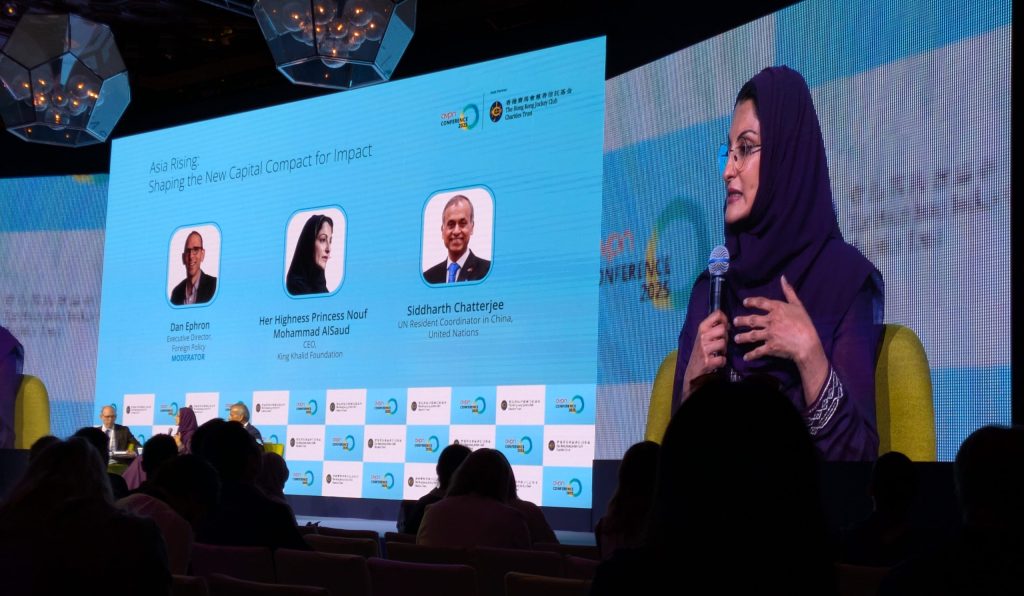
Princess Nouf bint Muhammad bin Abdullah, CEO of a leading Saudi Arabian charitable foundation, speaking about the importance of NPO capacity building
Children performing traditional arts, supported by The Hong Kong Jockey Club
2. Efforts on Climate Change
At the conference, climate change was not discussed as a standalone issue but rather in combination with technology, health, and gender. This approach reflects the fact that, of the estimated $4 trillion annual funding gap needed to achieve the SDGs, $2.2 trillion—or more than half—will be required solely for energy transition. In this context, a key question for AVPN is how to contribute to meeting this enormous funding needs, making integrated approaches that address climate change alongside other social challenges increasingly important.
The report Unlocking Capital for Climate x Health, produced by AVPN in collaboration with the Prudence Foundation, proposes a toolkit to help bridge funding gaps in both climate and health sectors.
At the conference, I also met representatives from China’s SEE Conservation (Society of Entrepreneurs and Ecology Conservation). They run an environmental NGO/foundation based on corporate memberships and recently established the Pan Pacific Conservation Foundation to expand this model internationally. SEE has also been featured in Stanford Social Innovation Review, highlighting its innovative approach.
For Japan, where climate action tends to lag, these examples provide valuable insights. Rather than treating climate change as an isolated issue, highlighting its close connections and impacts on poverty, health, gender, and local economies can help broaden stakeholder engagement and strengthen commitment.
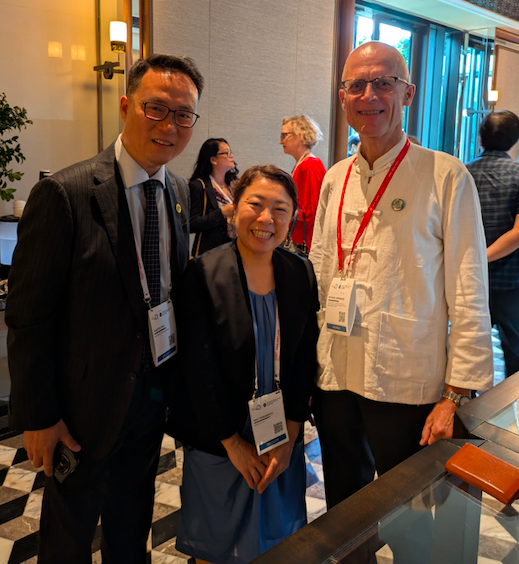
With a representative from SEE Conservation and a philanthropists from China
3. The Intersection of Philanthropy and Impact Investing
I experienced a unique atmosphere within the network, where both philanthropy and impact investing have distinct roles yet aims to work collaboratively. This was evident in the agenda structure: Day 1 leaned more toward philanthropy, while Day 2 focused more on impact investing.
“Blended finance,” which combines the two approaches, is not a new concept. However, the ongoing challenge lies in continually creating concrete, practical examples.
One interesting case was the Google Career Certificates Fund, implemented by Social Finance in collaboration with Google. This model addresses workforce mismatches and income inequality by training low-income individuals as digital professionals, with repayment required only upon employment. It combines “balance sheet capital” with philanthropy, fostering commitment among stakeholders, ensuring sustainability, and encouraging the transformation of beneficiaries into contributors—a compelling approach beyond traditional grants.
4. Outcome-Based Approaches and Systemic Change
The launch of ImpactCollab Outcomes Marketplace was announced at the conference. The Outcomes Marketplace is a mechanism that connects funders and organizations, releasing funding only when outcomes are verified.
The emphasis on outcome-based approaches and systemic change was evident throughout the conference. I have noted some key takeaways on this topic in the section below.
Underrepresented Perspectives
With the strong macro-level focus on climate change and the funding gaps in relation to achieving the SDGs, sessions on aging and gender were fewer than expected. Additionally, there was a tendency to emphasize scalable solutions over the vital, day-to-day work happening at the grassroots level. While this is characteristic of large global conferences, it served as a reminder that the importance of on-the-ground activities should not be overlooked.
Conference Atmosphere
A Conference Built for Networking:
Over the three days, more than 100 sessions were held, but the conference was designed with a strong emphasis on networking. Rather than just attending through sessions, participants had access to vast venue spaces dedicated for networking opportunities. I appreciated the conference app, which allowed attendees to connect with other participants and speakers and request meetings. The breakout sessions frequently exceeded room capacity, suggesting that networking was indeed a central focus of the event.
Language Support:
The main language of the sessions was English, with occasional Cantonese and Chinese speakers. Given Asia’s multilingual context, the use of the simultaneous translation app Kudo was recommended. However, its responsiveness at the venue was suboptimal. In contrast, using YYProbe, which World in You had previously nominated for the World Summit Award (WSA) and won globally, provided fast, accurate translations from Cantonese and Mandarin into Japanese.

Real-time translation from Cantonese to Japanese using YYProbe
Networking event with participants from Japan. Thank you AVPN Japan team for organizing!
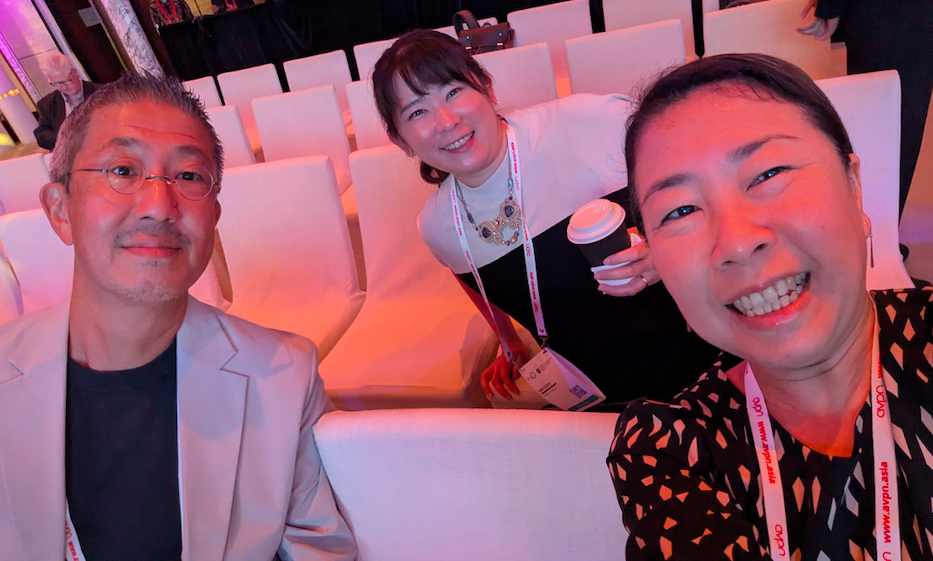
Mini-reunion with Nao Sudo and Yukio Oshima from World in You’s Cross-Border Learning Journey
Takeaways
The Importance of Connecting Contexts:
What struck me most through attending this conference was the importance of connecting contexts. Funders and implementing organizations operate from different perspectives and within different environments. When they collaborate—particularly in the resource exchange—mutual understanding of each other’s contexts is essential. In navigating the dynamics of stakeholder persuasion, organizations that align with funders’ context may secure short-term funding more easily.
However, it is equally important for funders to understand the context of the organizations they support. One illustrative example shared at the conference involved a family foundation directly engaging in a mangrove conservation project. Through this engagement, the foundation experienced firsthand the complexity of conflicting stakeholder interests and coordination challenges. Such initiatives and information sharing are invaluable. At the same time, organizations should communicate their needs and realities honestly, rather than simply accommodating funders—emphasizing “this is what’s happening on the ground; this is what is needed.”
While outcome-based funds have clear advantages, an overly strict “we’ll fund you if you deliver results” approach can sometimes overshadow the value of process and effort. The social sector is inherently challenging precisely because of the difficulty in creating meaningful impact. If the significance of this work, its difficulties, and the energy invested are not properly conveyed, there is a risk of exploitation.
Therefore, organizations like World in You play a crucial role in being attentive to both contexts. This is something we deeply value and aim to uphold. Attending conferences and academic gatherings like this is not only for networking or input but also provides opportunities to observe the narratives and objectives that drive different actors and communities.
Regarding networking, while speaking with 30 people might yield a “loose network” of 15, with a few forming active short-term collaborations, each conversation provides valuable contextual insights that extend far beyond immediate connections.
Next year’s AVPN Global Conference is scheduled for August in New Delhi, India. I hope that the movement to generate social impact from Asia to the world will continue to accelerate. World in You also aims to contribute as a bridge connecting Japan with the global community.
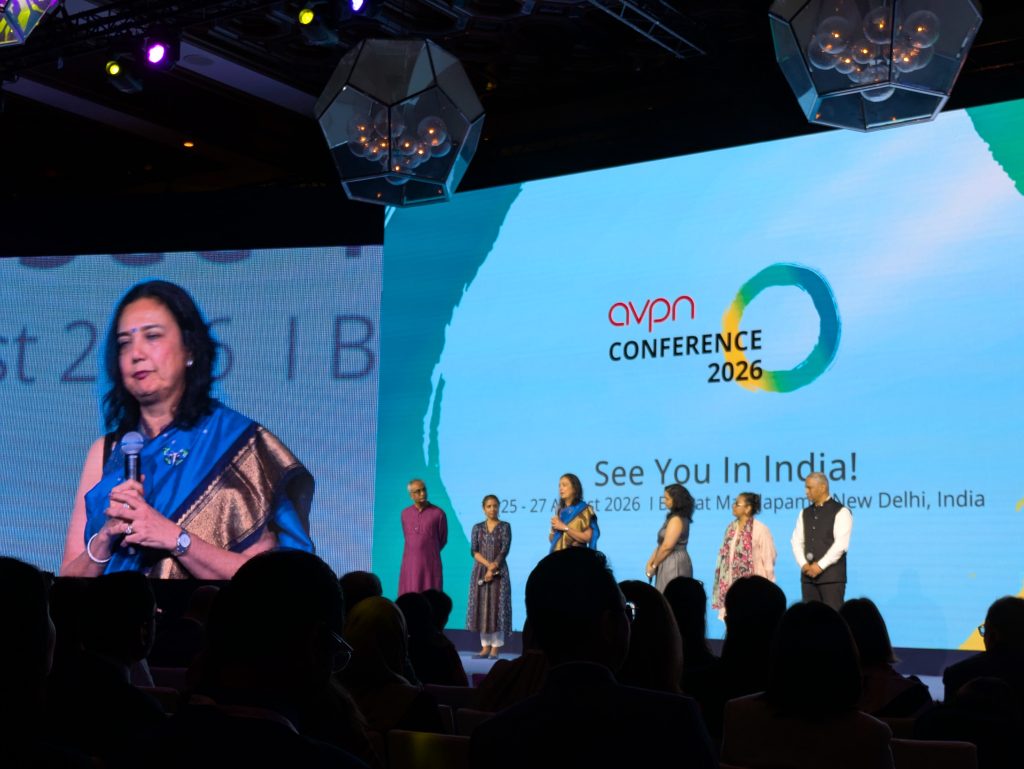
Announcement of next year’s conference













